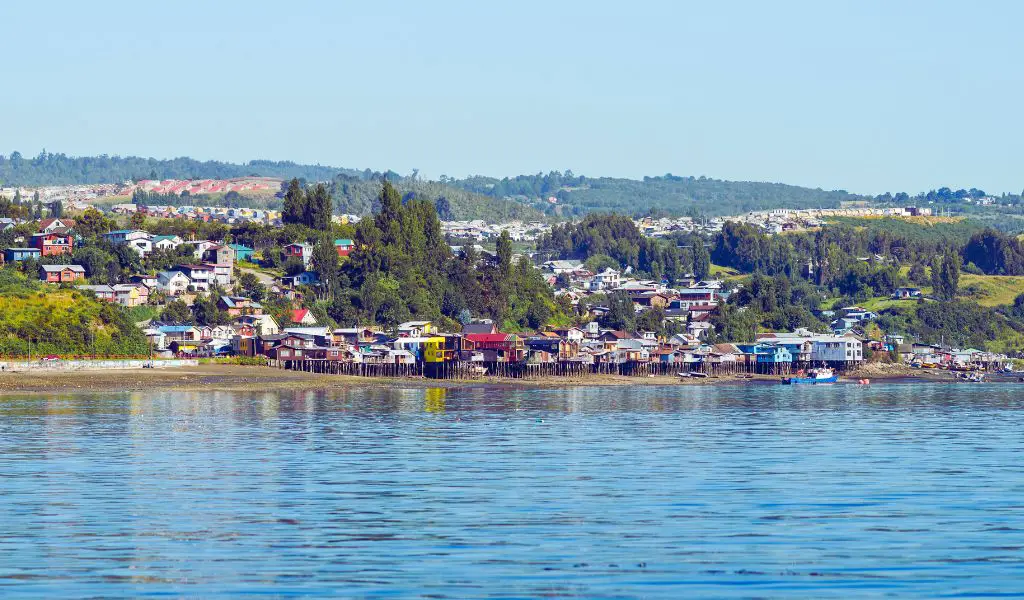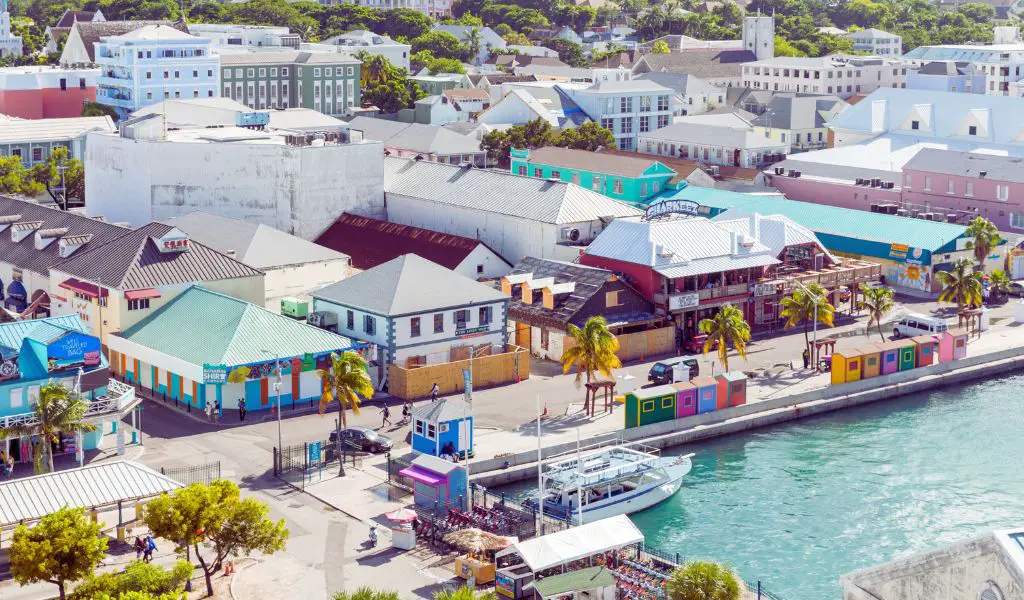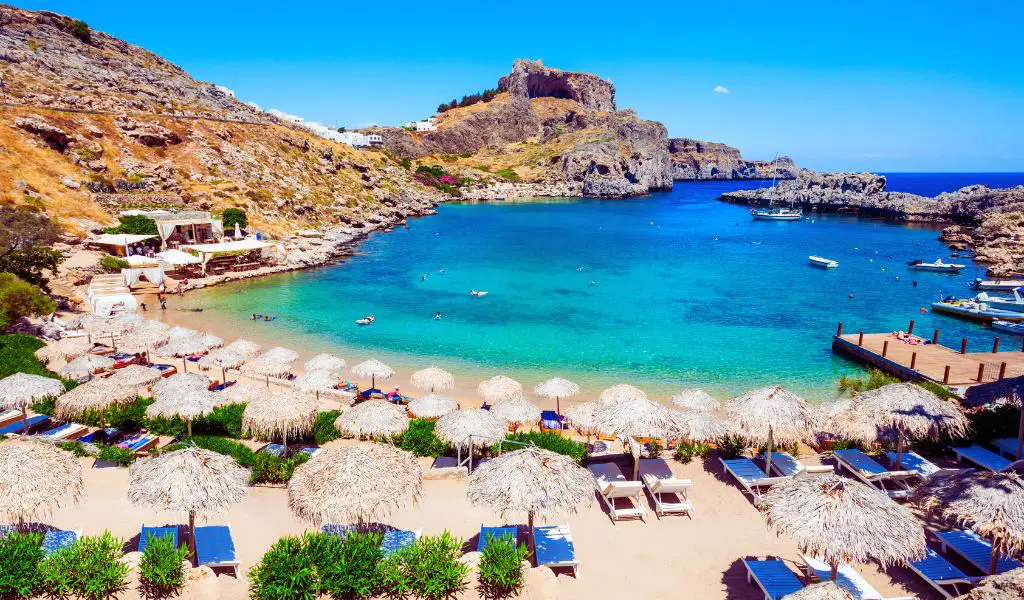Chiloé Island, the largest island of the Chiloé Archipelago, is a gem off the southern coast of Chile. Renowned for its distinctive folklore, wooden churches, and rich biodiversity, this island offers a unique blend of natural beauty and cultural heritage.
Geography
Geographically, Chiloé Island is characterized by its rolling hills, dense forests, and extensive coastline.
The island’s western coast faces the Pacific Ocean, presenting rugged cliffs and isolated beaches, while the eastern coast, sheltered by the mainland, boasts serene bays and inlets.
Attractions
One of the most iconic features of Chiloé is its collection of wooden churches.
Constructed mainly in the 18th and 19th centuries, these churches are a testament to the island’s unique architectural tradition and have earned a UNESCO World Heritage designation.
Their intricate wooden craftsmanship, without the use of nails, showcases the melding of European Jesuit and local indigenous influences.
History
Historically, Chiloé has been inhabited by the Chono and Huilliche peoples, who have left an indelible mark on the island’s culture and traditions.
Legends of mythical creatures, such as the Caleuche ghost ship and the Pincoya water spirit, are deeply rooted in Chilote folklore and continue to captivate both locals and visitors.
Activities
For the active traveler, Chiloé Island offers a plethora of activities. Its diverse landscapes are perfect for hiking, with trails that traverse coastal areas, forests, and wetlands.
Birdwatching is particularly popular, given the island’s location within a major migratory path.
The surrounding waters are also ideal for kayaking and boating, offering a chance to explore the archipelago’s smaller islands and observe marine life, including blue whales, sea lions, and penguins.
Population
Chiloé Island is home to approximately 160,000 inhabitants, with Castro, its capital, being the most populous city.
When to Go
The best time to visit Chiloé Island is during the southern hemisphere’s summer months, from December to March, when the weather is milder and rainfall is less frequent.
How to Get There
The island is accessible by ferry from the mainland town of Pargua. Additionally, Mocopulli Airport near Castro offers flights connecting to Santiago and other Chilean cities.
Highlights
Wooden Churches of Chiloé: UNESCO World Heritage sites that showcase the island’s unique architectural heritage.
Chiloé National Park: A vast expanse of native forests, peat bogs, and coastal dunes.
Castro’s Palafitos: Colorful stilt houses built along the water’s edge, offering a picturesque view of the city’s heritage.
What You Should Know
Chiloé Island has a maritime climate, so be prepared for unpredictable weather, even during the summer.
The island’s culture is deeply rooted in its traditions. Engaging with locals and learning about their folklore can enrich your experience.
While Spanish is the primary language, many inhabitants also speak Chilote Spanish, a local dialect. Basic Spanish knowledge can be beneficial.
FAQs about Chiloé Island
Is it possible to rent a car on Chiloé Island?
Yes, there are car rental agencies in Castro and other major towns, making it convenient for visitors to explore the island at their own pace.
Are there accommodations available within Chiloé National Park?
While there are no hotels within the park, camping is permitted in designated areas. Additionally, there are lodgings available in nearby towns.
Can I sample traditional Chilote cuisine on the island?
Absolutely! Chiloé offers a rich culinary tradition, with dishes like curanto (a mix of seafood, meat, and potatoes cooked underground) and milcao (a type of potato pancake). Local eateries and markets are great places to savor these delicacies.




